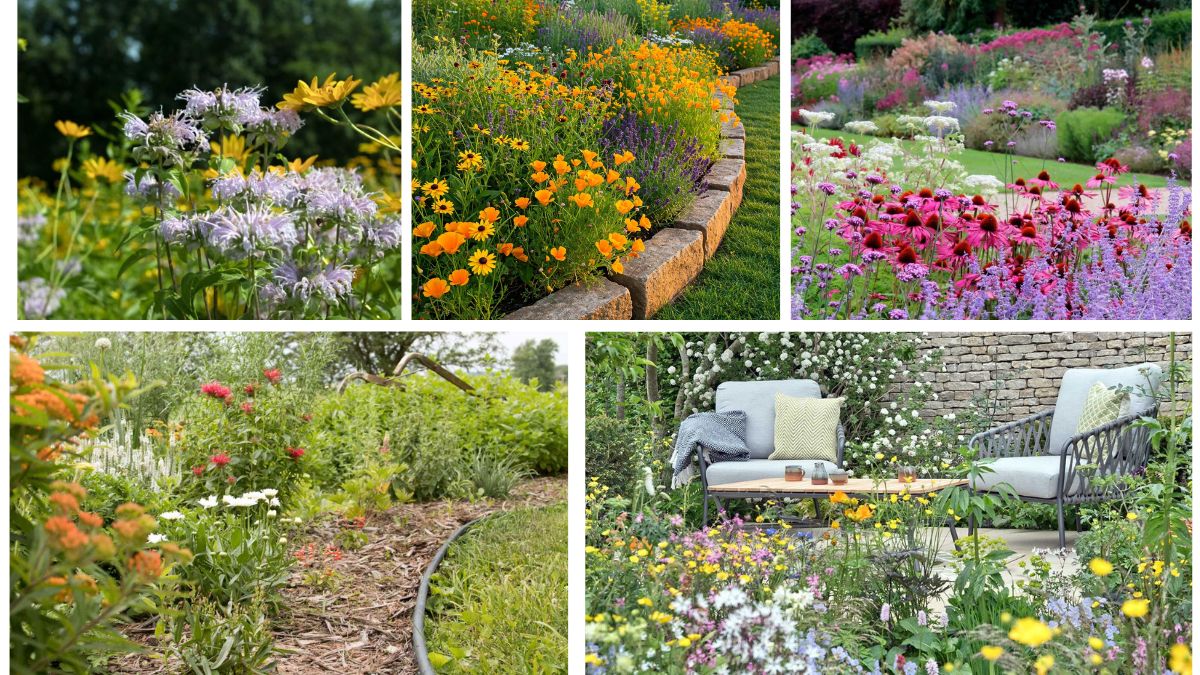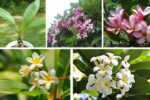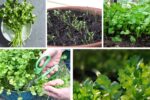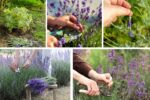A natural garden is one of the most beautiful and eco-friendly ways to transform outdoor spaces. Unlike traditional gardens that demand constant care, trimming, and watering, natural gardens thrive with minimal maintenance, relying on plants that adapt easily to their environment. Among the best choices for these gardens are wildflowers—native, hardy, and stunning plants that add vibrant colors and textures while supporting pollinators and wildlife.
Wildflowers are not only low-maintenance but also excellent for biodiversity, making them ideal for busy gardeners or eco-conscious homeowners. In this guide, we’ll explore five low-maintenance wildflowers that thrive in natural garden designs, along with practical tips for planting and caring for them.
Why Choose Wildflowers for Natural Garden Designs?
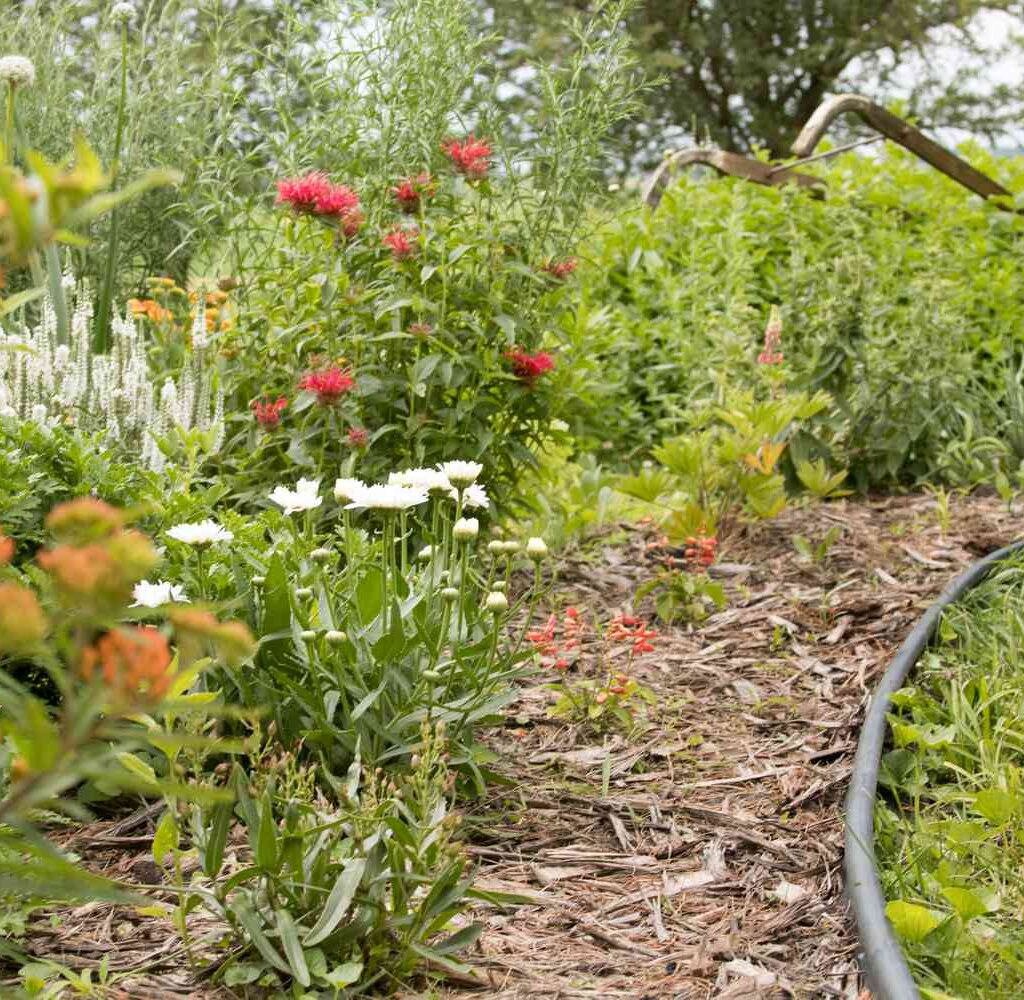
Before we dive into the five varieties, it’s important to understand why wildflowers are such a valuable addition to natural gardens:
- Resilience: Wildflowers are naturally adapted to local soils and climates, requiring less watering and care compared to exotic plants.
- Low Maintenance: Once established, most wildflowers thrive without fertilizers, pesticides, or frequent pruning.
- Pollinator-Friendly: Wildflowers attract bees, butterflies, hummingbirds, and other pollinators that enhance biodiversity.
- Seasonal Beauty: They bloom in cycles, ensuring year-round beauty and interest in your garden.
- Soil Health: Many wildflowers improve soil fertility and prevent erosion, making them practical as well as decorative.
Now, let’s explore five wildflowers that are both easy to grow and perfect for natural garden designs.
1. Black-Eyed Susan (Rudbeckia hirta)
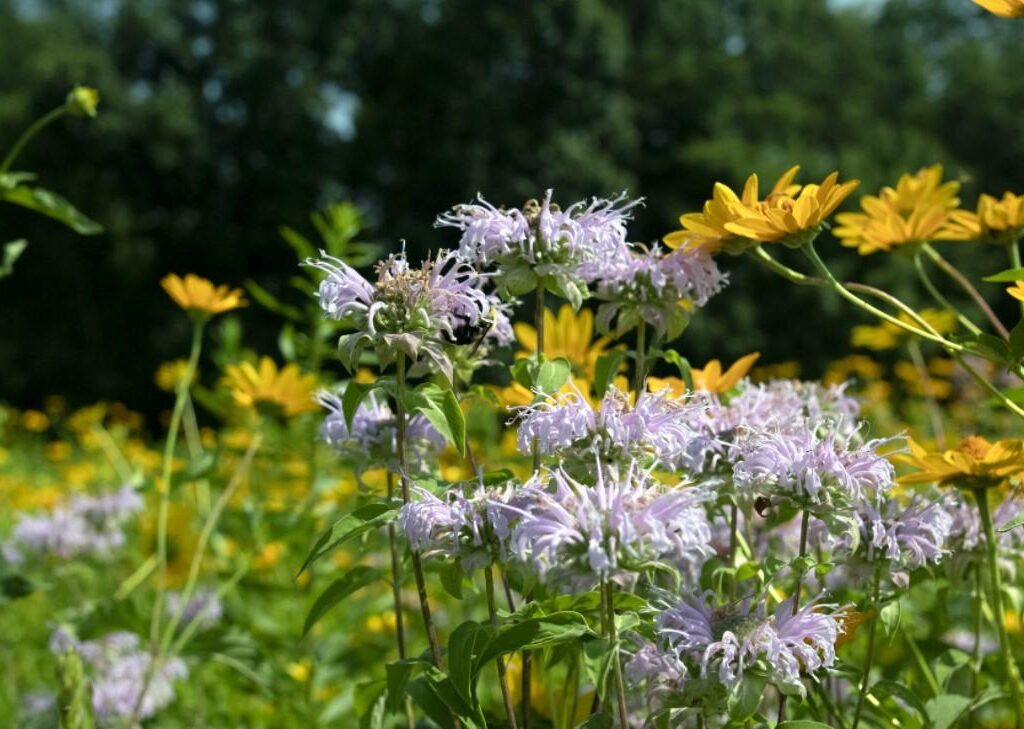
Why Choose Black-Eyed Susan?
Black-Eyed Susans are one of the most recognizable wildflowers with their bright yellow petals and contrasting dark centers. These cheerful blooms add instant charm and warmth to any garden while requiring very little upkeep.
Growing Conditions:
- Soil: Tolerant of poor soil but prefers well-drained conditions.
- Sunlight: Full sun to partial shade.
- Water: Drought-resistant once established.
Planting and Care:
- Sow seeds directly in spring or fall, lightly covering them with soil.
- Water young plants regularly until they establish strong roots.
- Deadheading spent flowers can extend blooming, but it’s optional in natural gardens.
Benefits for Your Garden:
- Attracts butterflies, bees, and goldfinches.
- Blooms from midsummer to fall, ensuring vibrant late-season color.
- Can reseed naturally, filling your garden with more blooms over time.
2. Purple Coneflower (Echinacea purpurea)
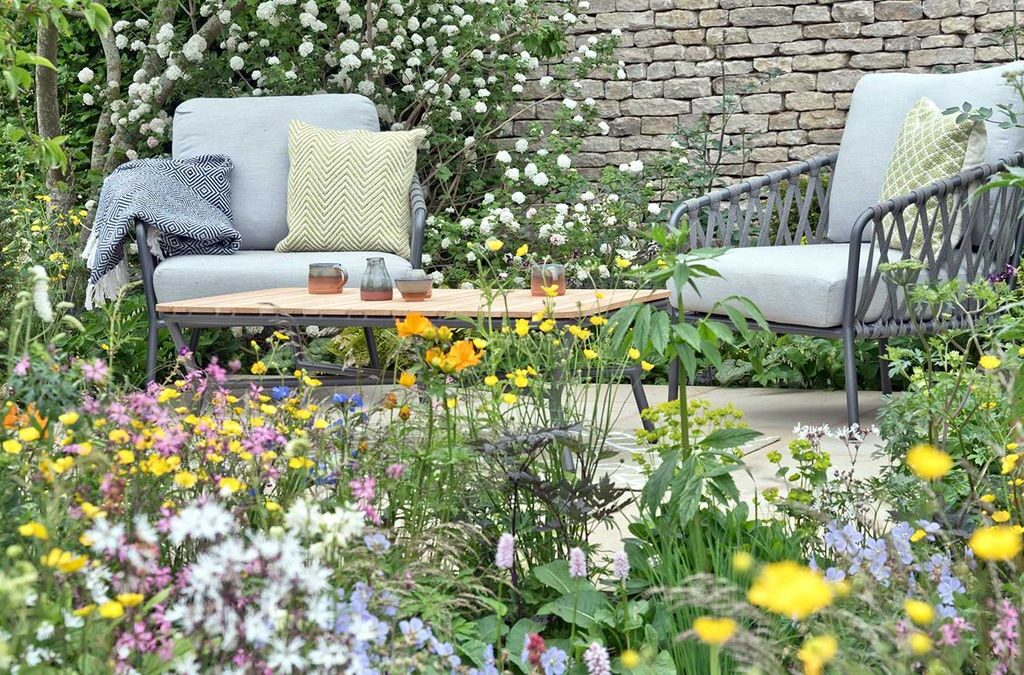
Why Choose Purple Coneflower?
Purple Coneflower is beloved for its striking pinkish-purple petals and raised central cone. It not only provides beauty but also has medicinal uses, making it a multifunctional choice.
Growing Conditions:
- Soil: Thrives in sandy, well-drained soil.
- Sunlight: Prefers full sun but tolerates light shade.
- Water: Minimal watering once mature.
Planting and Care:
- Start from seeds or divisions in spring.
- Space plants about 12–18 inches apart for healthy growth.
- Minimal pruning is needed; simply remove dead stems in late winter.
Benefits for Your Garden:
- Long blooming season from June to September.
- Drought-tolerant and hardy in a wide range of climates.
- Attracts bees, butterflies, and seed-eating birds in winter.
3. Wild Bergamot (Monarda fistulosa)
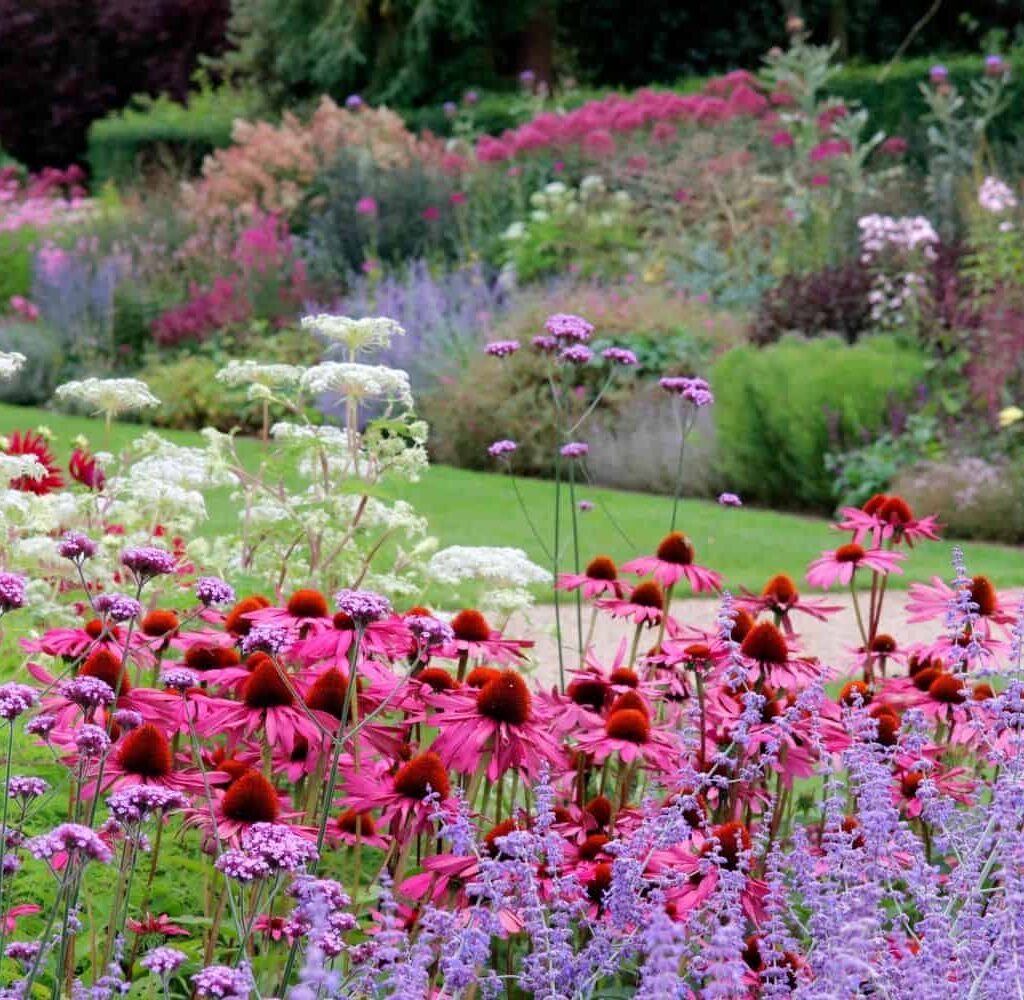
Why Choose Wild Bergamot?
Also known as bee balm, Wild Bergamot produces clusters of lavender or pink tubular flowers that are irresistible to pollinators. It’s aromatic, medicinal, and perfect for filling your garden with both beauty and fragrance.
Growing Conditions:
- Soil: Adapts to most soil types but prefers moist, well-drained soil.
- Sunlight: Thrives in full sun but can tolerate partial shade.
- Water: Requires moderate watering during the establishment period.
Planting and Care:
- Plant seeds or nursery starts in spring.
- Cut back stems after blooming to encourage fresh growth.
- Can spread quickly, so divide clumps every 2–3 years to manage growth.
Benefits for Your Garden:
- Attracts bees, hummingbirds, and butterflies.
- Aromatic foliage can be used in teas and herbal remedies.
- Adds a natural meadow-like charm to wild gardens.
4. Blanket Flower (Gaillardia pulchella)
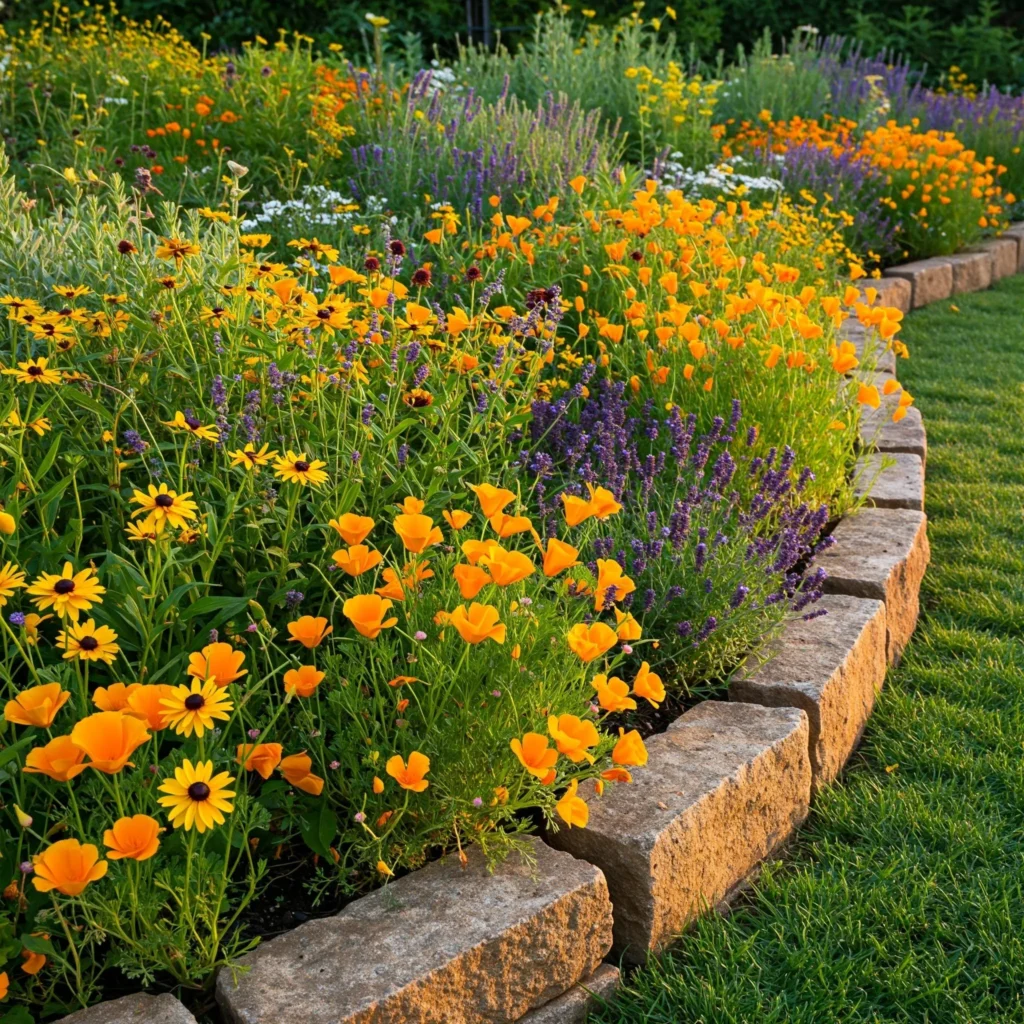
Why Choose Blanket Flower?
Blanket Flowers are stunning, daisy-like blooms in fiery shades of red, yellow, and orange. Their bold colors brighten up gardens, and they thrive even in poor soil conditions.
Growing Conditions:
- Soil: Sandy, well-drained soil.
- Sunlight: Requires full sun for best blooms.
- Water: Low water needs; drought-tolerant.
Planting and Care:
- Sow seeds directly outdoors in spring or fall.
- Space plants about 12–15 inches apart.
- Deadheading can prolong blooming but is optional for natural designs.
Benefits for Your Garden:
- Blooms continuously from early summer to fall.
- Extremely hardy and tolerates heat and drought.
- Attracts butterflies while resisting deer and rabbits.
5. Shasta Daisy (Leucanthemum × superbum)
Why Choose Shasta Daisy?
Shasta Daisies are classic, cheerful flowers with white petals and sunny yellow centers. They blend seamlessly into natural garden designs and require very little upkeep.
Growing Conditions:
- Soil: Well-drained, average-quality soil.
- Sunlight: Full sun is ideal.
- Water: Minimal once established, though occasional deep watering improves bloom quality.
Planting and Care:
- Plant seeds or divisions in spring or early fall.
- Space plants 18–24 inches apart.
- Cut back stems after blooming to encourage regrowth.
Benefits for Your Garden:
- Long-lasting blooms from early summer through fall.
- Attracts pollinators, especially butterflies.
- Works well as a cut flower for indoor arrangements.
Tips for Designing a Natural Wildflower Garden
- Mix Colors and Bloom Times: Combine early, mid, and late-season bloomers for continuous beauty.
- Plant in Clumps: Group wildflowers together for stronger visual impact and to attract more pollinators.
- Use Native Plants: Choose wildflowers that are native to your region for easier growth and lower maintenance.
- Limit Weeding: Allow a mix of wildflowers to thrive naturally instead of creating perfectly tidy borders.
- Encourage Reseeding: Let some flowers go to seed to ensure self-sustaining blooms year after year.
Conclusion
Creating a natural garden doesn’t mean sacrificing color, fragrance, or beauty—it’s about embracing low-maintenance plants that harmonize with the environment. Black-Eyed Susan, Purple Coneflower, Wild Bergamot, Blanket Flower, and Shasta Daisy are five wildflowers that thrive with little effort while providing long-lasting beauty and ecological benefits.
By planting these hardy and pollinator-friendly species, you’ll create a garden that’s not only stunning but also sustainable, bringing life, color, and biodiversity to your outdoor space season after season.
